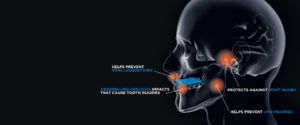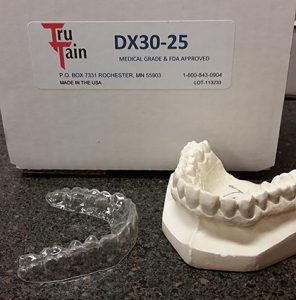The Numbers
Dental hygienists delighted in a mean salary of $74,820 in 2018 and a normal of $36.30 every hour, which is a slight improvement over 2017’s $74,070 average. The best-paid 25% of hygienists made $89,619, while the least paid 25% made $62,490.
“For the amount of time and dollars spent in dental hygiene education, the return in annual salary is exponential.” said Laura J. Sleeper, director of the Plaza College Dental Hygiene Program.
Dental hygienists in Fairbanks, Alaska, have the most significant pay at $113,190, trailed by San Jose, California, at $112,210; Anchorage, Alaska, at $110,800; San Francisco at $109,750; and Santa Rosa, California, at $108,010.
By state, dental hygienists in Alaska had the most elevated mean compensation at $114,320, with California at $100,830, Washington at $90,690, Arizona at $85,890, and New Jersey at $85,860 balancing the main five.
Occupation Prospects
Besides, the BLS ventures 11% work development for dental hygienists somewhere in the range of 2018 and 2028, with around 23,700 occupations opening up. What’s more, there are a lot of reasons why the calling is blasting.
“This growth can be attributed to several factors, including second career seekers, retirement, and those with bachelor’s degrees who simply cannot find work in their chosen field. There are also dental assistants who have practiced for years but want more, and dental hygiene is the most logical next step,” Sleeper said.
Personal satisfaction
Dental cleanliness has advantages and disadvantages with regards to work fulfillment. US News and World Report evaluated the profession underneath normal with regards to upward versatility, with normal feelings of anxiety or more normal adaptability concerning working calendars and work-life balance.
The calling can be truly requesting, as well. US News and World Report notes how dental hygienists can return home with sore hands, wrists, and shoulders following a day of slouching over patients and utilizing an assortment of instruments. These experts, US News and World Report cautions, need to remain fit as a fiddle to forestall damage and appreciate a long profession.
In addition, numerous dental hygienists feel that the vocation is genuinely fulfilling, as it offers them a chance to give care to individuals who need it the most.
“Ask the dental hygienist who found an oral cancer lesion early or noticed that her patient wasn’t healing after initial nonsurgical therapy, and, with her dentist, referred to a medical doctor for blood testing and discovered that the patient had diabetes or leukemia, and intervention occurred,” said Sleeper.
“The dental hygienist can change lives, and patients become family. There is no price tag that can be associated with the effect that the dental hygienist can have on a patient’s life on a daily basis,” Sleeper said.
There are a lot of other impalpable advantages in dental cleanliness also. Notwithstanding its effect on other individuals, Jones referred to the calling’s significant levels of employer stability because of its numerous assorted chances, its consistency and security in everyday business, its incentive to the oral human services group, its adaptability and work-life parity, and how it is regarded by society.




